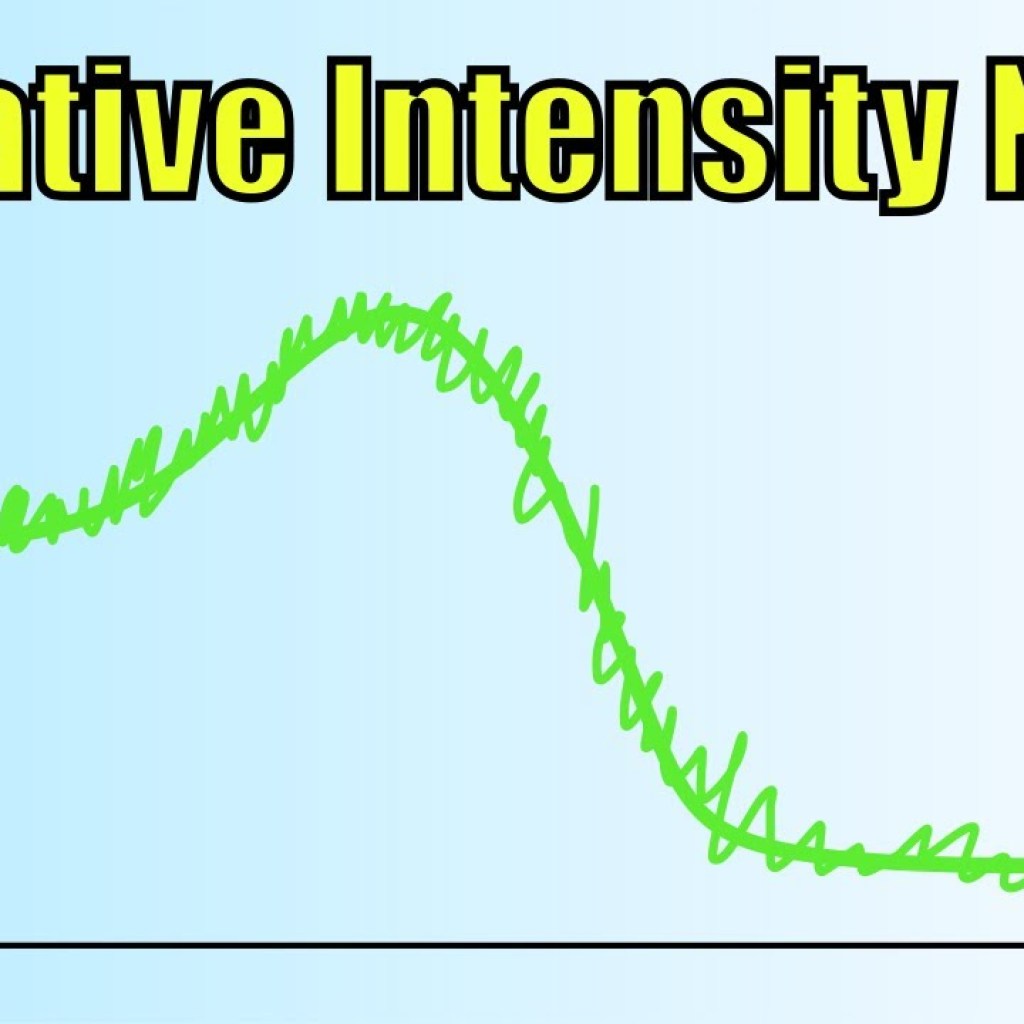Contents

Source: YouTube
Understanding Relative Intensity Noise in Lasers
Introduction to Laser Intensity Noise
Lasers are integral components in many optical systems, known for their precision and coherence. However, like any other light source, lasers are subject to fluctuations in output power, known as intensity noise. Understanding and managing this noise is crucial for the optimal performance of laser systems.
Defining Relative Intensity Noise (RIN)
Relative Intensity Noise (RIN) is a key parameter when discussing laser noise. It represents the fluctuations in optical power normalized to the average power level. Mathematically, the optical power of a laser can be expressed as:
P(t) = P̅ + δP(t)
Here, P̅ is the average power, and δP(t) represents the fluctuating component with a zero mean value. The RIN is essentially the ratio of these fluctuations to the average power.
Measuring RIN
RIN is often characterized using the power spectral density (PSD) approach. The PSD provides a frequency-dependent representation of the noise, typically expressed as:
SI(f) = (2/P̅²) ∫ ⟨δP(t) δP(t + τ)⟩ exp(i2πfτ) dτ
This equation involves the Fourier transform of the autocorrelation function of the normalized power fluctuations. The PSD is measured using a photodiode and an electronic spectrum analyzer, and the units are usually expressed in Hz−1 or in decibels relative to the carrier per hertz (dBc/Hz).
RIN and Shot Noise
In some scenarios, RIN is limited by shot noise, which is a fundamental quantum noise. The RIN due to shot noise is given by:
SI,sn(f) = (2hν/P̅)
For instance, a 1-mW laser beam at 1064 nm, operating at the shot noise limit, will have a RIN of approximately 3.73 × 10−16 Hz−1 or −154 dBc/Hz. Shot noise is characterized by its independence from frequency, known as white noise, and it becomes more significant as the average power decreases.
Practical Considerations for RIN Measurement
To accurately measure RIN, especially when limited by shot noise, it’s essential to detect the entire laser power with a suitable photodiode. Minimizing excess noise from electronics, such as thermal noise, is crucial. High power levels require fast photodetectors with high power handling capabilities, while low power levels pose challenges due to electronic noise.
Conclusion
Understanding and managing Relative Intensity Noise in lasers is vital for ensuring the reliability and precision of optical systems. By employing appropriate measurement techniques and addressing the contributing factors, it is possible to optimize laser performance and mitigate the impact of intensity noise.

Source: MDPI
Feel free to comment your thoughts.



